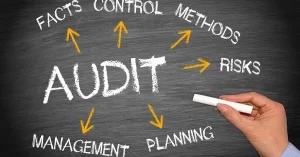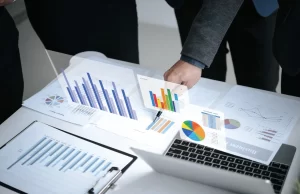Sustainability Reporting Frameworks for Accountants: A Practical Guide

Let’s be honest—sustainability reporting isn’t just a buzzword anymore. For accountants, it’s fast becoming as routine as balance sheets. But with so many frameworks out there, where do you even start? Here’s the deal: we’re breaking down the most relevant ones, their quirks, and how they fit into your workflow.
Why Sustainability Reporting Matters for Accountants
Gone are the days when accountants only crunched numbers. Now, stakeholders—investors, regulators, even employees—want transparency on environmental, social, and governance (ESG) metrics. And guess what? You’re on the front lines.
The Big Three: Most Widely Used Frameworks
These frameworks dominate the landscape—each with its own flavor:
- GRI (Global Reporting Initiative): The granddaddy of them all. It’s comprehensive, covering everything from carbon emissions to labor practices. Perfect if you need a global standard.
- SASB (Sustainability Accounting Standards Board): Industry-specific metrics. Think of it as the “GAAP of sustainability” for investors.
- TCFD (Task Force on Climate-related Financial Disclosures): All about climate risks. If your clients are in finance or energy, this one’s non-negotiable.
Niche Players Worth Knowing
Not every framework fits every need. Here are a few specialists:
- CDP (Carbon Disclosure Project): Focuses on environmental impact—carbon, water, forests. Heavy on data.
- IIRC (International Integrated Reporting Council): Blends financial and sustainability reporting. Ideal for long-term strategy storytelling.
- ISO 26000: More guidance than standard, but great for CSR (Corporate Social Responsibility) beginners.
How to Choose the Right Framework
It’s not about picking the “best” one—it’s about fit. Ask yourself:
- Who’s your audience? Investors? Regulators? The public?
- What’s your industry? A tech startup’s needs differ from a manufacturing giant’s.
- How much bandwidth do you have? Some frameworks demand deep dives; others are lighter.
Pro tip: Many companies use multiple frameworks. It’s like speaking several dialects of the same language.
Common Pain Points (And How to Solve Them)
Even seasoned accountants hit snags. Here’s what trips people up:
- Data collection: Sustainability data’s often scattered across departments. Solution? Automate where possible—tools like Salesforce or dedicated ESG software help.
- Changing standards: Frameworks evolve. Subscribe to updates from GRI, SASB, etc., and set Google Alerts.
- Greenwashing fears: Overpromising = backlash. Stick to verifiable data, and when in doubt, understate.
The Future: What’s Next for Sustainability Reporting?
Two words: mandatory disclosures. The EU’s CSRD (Corporate Sustainability Reporting Directive) is rolling out, and the SEC’s climate rules loom. Translation? What’s optional today might be law tomorrow.
And then there’s tech. AI-driven analytics can spot ESG risks before they blow up—imagine flagging a supply chain’s water scarcity issue months in advance.
Final Thought: Accountants as Sustainability Storytellers
Numbers tell stories. Sustainability reporting? It’s not just compliance—it’s about weaving data into narratives that drive change. Whether you’re explaining a carbon footprint to investors or prepping for an audit, you’re not just an accountant anymore. You’re a translator for the planet’s balance sheet.









